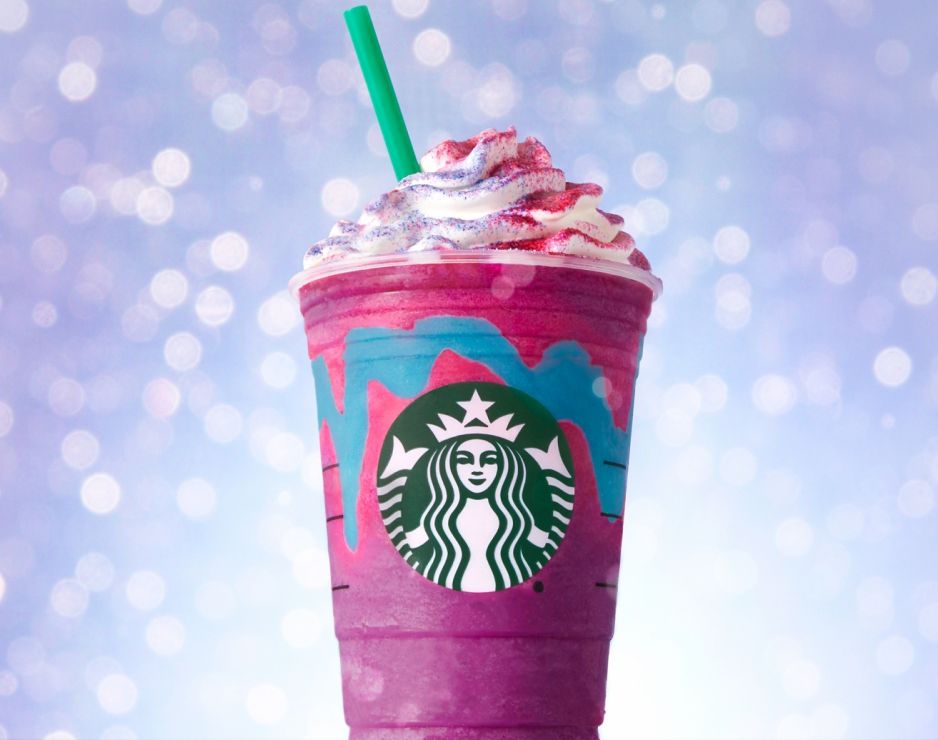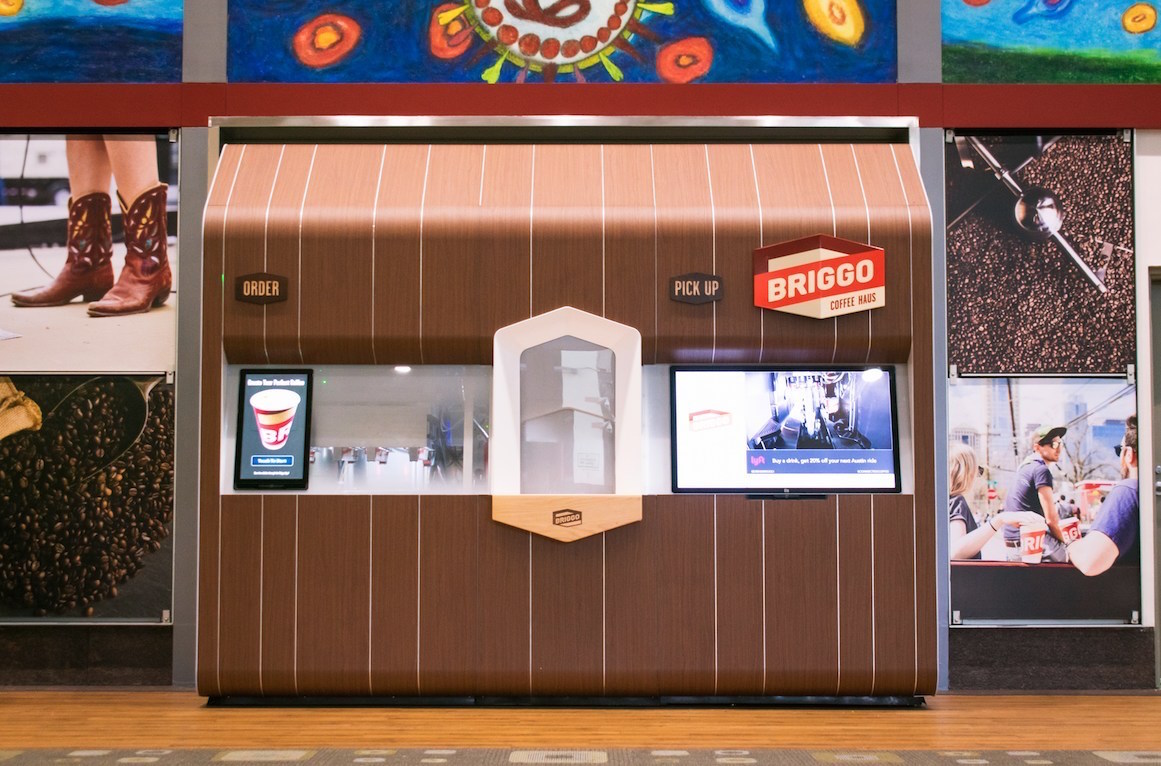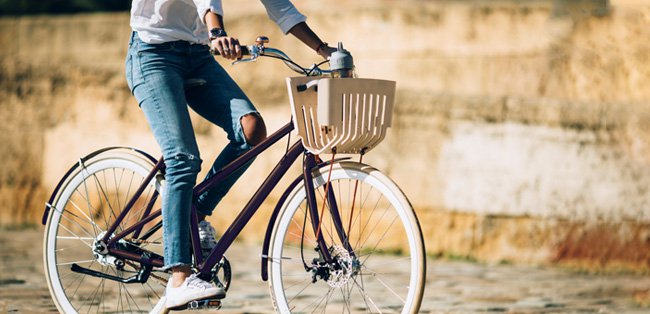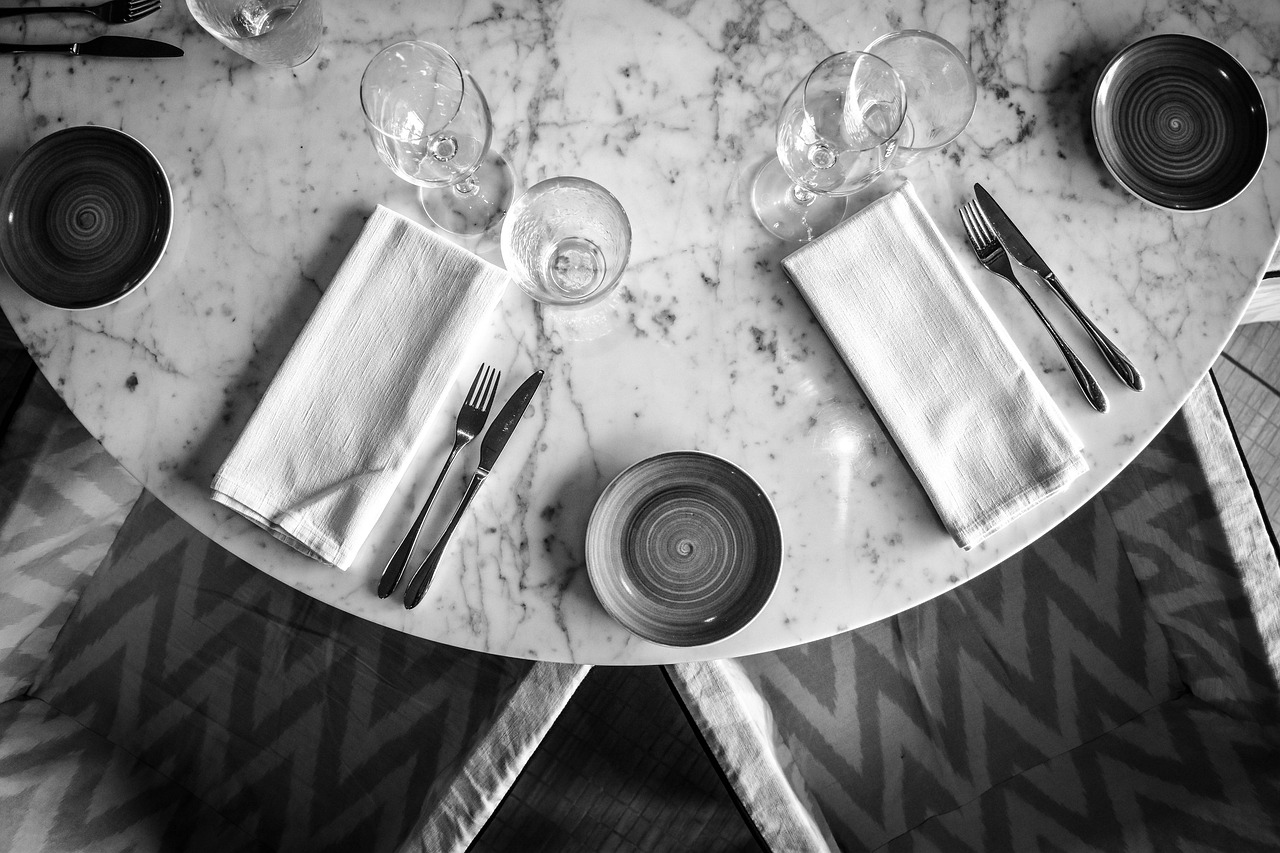
The “generation zero” prototype of the Ratio Six brewer next to a Ratio Eight. Daily Coffee News photo by Howard Bryman.
Portland, Oregon-based maker of specialty coffee brewers and accessories Ratio has received an equity investment from Brant and Patrick Curtis, formerly of the commercial coffee equipment company Wilbur Curtis, according to a press release this week. While not disclosing the terms of the transaction, the release described the Curtis’ stake as a minority equity position and quietly revealed that Ratio has a “light commercial” brewer in the works:
“Since the initial launch of the Ratio Eight, I’ve been thinking about the future of the Ratio product line,” said Mark Hellweg, Ratio’s CEO. “With the Ratio Six, we now have a more compact and lighter price point model for home. Beyond that, I’ve had a ‘light commercial’ batch brewer in mind for a few years. Our first investment round in 2017 included Michael Klassen of Blue Tiger Coffee who brings a unique insight into the office coffee space, and now with the Curtis family as strategic partners, we are ready to start to get into this space with a unique Ratio perspective. Our next brewer will be targeting the needs of the modern office, hotel, restaurant, and smaller cafe, with a unique way of enabling coffee professionals to dial in their recipe while keeping the actual brew process incredibly simple. We are after delicious coffee every time, using technology to maximize consistency and energy efficiency. I’m thrilled to have the Curtis team join Ratio, bringing their combined decades of experience in developing amazing commercial coffee gear.”
News of another coffee-related investment came this week from the Chinese news outlet Xinhua, which reported that the governments of Ethiopia and South Korea and the creation of a 30-hectare, $50 million USD “coffee park” in Addis Ababa that will include a coffee museum and market center. Ethiopia is also independently pursuing a new branding initiative to raise its coffee’s profile in hopes of fetching higher prices from international buyers:
The new national initiative, dubbed “Ethiopian Coffee,” mainly aimed to spur the acceptance of Ethiopia’s coffee in the global market, according to the Ethiopian Coffee and Tea Authority.
The ECTA, which has been developing the new umbrella Ethiopian coffee brand, also said that the new government-led initiative would enhance the current “weak international presence and image” of Ethiopia’s major coffee varieties, such as Yirgacheffe, Harrar, and Sidamo coffee.
The robots are multiplying. The barista-aping coffee vending system Briggo, which took its first step beyond corporate campuses and into airports last year, announced a deal with restaurant operator SSP America to spreads its robotic coffee bars to 25 more airports across the USA. Here’s more from Briggo on what this might mean for local roasters:
Ideal as an additional feature for high-traffic locations where quality and convenience are in high demand, Briggo’s Coffee Haus features its own Briggo Blend of high-altitude arabica beans. In addition to the Briggo Blend, SSP America and Briggo will also work with airport teams to select local brands to showcase in their Coffee Hauses. The fully-automated kiosks can operate 24 hours a day, seven days a week.
Perhaps if ever those machines grow obsolete, they can be crunched down and made into bicycles. That’s what Nespresso is doing with some of the spent aluminum capsules it has managed to collect in collaboration with Swedish bike brand Vélosophy for its latest eco-PR campaign. Per a press release:
Aluminium is one of the world’s most valuable resources because it can be re-melted and re-used infinitely, allowing craftsmen to give waste a second life. Designed to highlight the potential of recycling Nespresso’s aluminium capsules, the launch of RE:CYCLE is encouraging consumers to consider how they can make a positive impact.
If a Briggo roboccino on a bike made of capsules sounds a bit far out, just wait until Denver’s Sträva Craft Coffee is done with its latest R&D project. The CBD-friendly coffee company announced in a press release that with Colorado’s recent decriminalization of “magic” mushrooms, it is experimenting with the addition of micro-doses of psilocybin to their specialty coffee and tea products:
By incorporating micro-doses of psilocybin into coffee and tea, Sträva aims to empower consumers with access to natural compounds which may offer life- hanging benefits. Aamot states, “Just as cannabis has been misunderstood and controversial for decades, psilocybin from mushrooms has been equally polarizing, yet proponents of both suggest they each can contribute meaningfully to the human experience. As research is proving, with measured consumption, cannabis and psilocybin can both promote physiological, mental and spiritual health.”
Sträva is engaged in product and market research and anticipates completing a product brief by early 2020. Aamot “believes the regulatory environment will be favorable by late 2020 or 2021” and “looks forward to Sträva releasing the first product of its kind.”
The Coffee Chronicler blog this week revealed the results of coffee-focused interviews and surveys with 25 out of the top 50 Michelin-rated restaurants throughout the world. The piece finds that while only five of the participating establishments continue to serve relative dreck and most are making at least some degree of effort to match their quality food with quality coffee, there’s still a long way to go before real parity becomes the norm:
So should we get used to combining foie gras, truffles, and a Yirgacheffe, when we go out to dine?
According to Andrew Hetzel that’s probably not going to happen any time soon. Right now the respective cultures of specialty coffee and fine dining are too dissimilar.
“The specialty coffee industry, in particular, has difficulties communicating with restaurant operators, who aren’t receptive to their typical message. One of my clients has been successful in getting many restaurant accounts, but this is because he understands the formality and culture of the restaurant business,” he explains.
After nearly two years since Hurricane Maria, the continued struggle of the Puerto Rico coffee sector was spotlighted this week by NBC News. In the report, coffee farmer Iris Jeanette conveyed skepticism about the helpfulness of funding directed to nonprofit and corporate programs and task forces rather than directly into the hands of farmers that need it to rebuild. She also challenged the official assessments by Puerto Rico Secretary of Agriculture Carlos Flores Ortega:
According to Ortega, farmers would need to plant 9 million to 10 million trees in the next three years to be able to recover what was lost. But they only have the capacity to grow 3 million because anything more than that is too expensive for farmers, he said.
Jeannette disagrees. She said farmers need 18 million trees to replace what they had before Hurricane Maria and she says they have plenty of capacity. Farmers want to plant more trees to recover faster and increase their production, she said.
A study published in the journal Sleep has explored the relationship between sleep habits and the consumption of alcohol, caffeine and nicotine among African-Americans. The U.S.-based researchers tracked the sleep patterns of more than 700 adults over more than 5,000 consecutive nights. While nicotine was found to be the most sleep-disruptive substance, the results weren’t nearly as bad for coffee and caffeine.
The researchers did not find an association between consumption of caffeine within four hours of bedtime with any of the sleep parameters. However, the researchers warn that caffeine dosing, and individual variations in caffeine sensitivity and tolerance, were not able to be measured and can play an important role in the association between caffeine use and sleep.

The Unicorn Frappuccino from Starbucks, which may or may not have real coffee or real bits of unicorn.
In the August issue of its youth-targeted magazine New Era, The Church of Jesus Christ of Latter-day Saints dedicated some space to remind whippersnappers how “hot drinks” are aren’t cool with the Man Upstairs, so whether it’s cold, rainbow-colored or spelled with a -ccino, it may still be a no-no:
The word coffee isn’t always in the name of coffee drinks. So, before you try what you think is just some new milkshake flavor, here are a couple of rules of thumb: (1) If you’re in a coffee shop (or any other shop that’s well-known for its coffee), the drink you’re ordering probably has coffee in it, so either never buy drinks at coffee shops or always ask if there’s coffee in it. (2) Drinks with names that include café or caffé, mocha, latte, espresso, or anything ending in -ccino usually have coffee in them and are against the Word of Wisdom.
Howard Bryman
Howard Bryman is the associate editor of Daily Coffee News by Roast Magazine. He is based in Portland, Oregon.









Comment